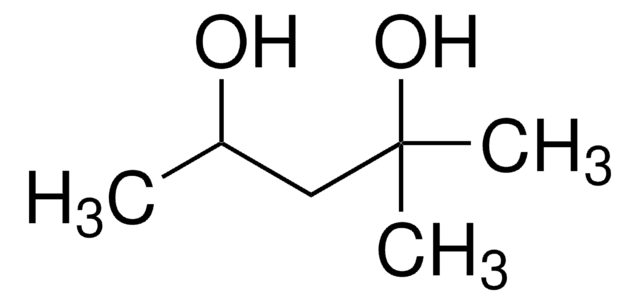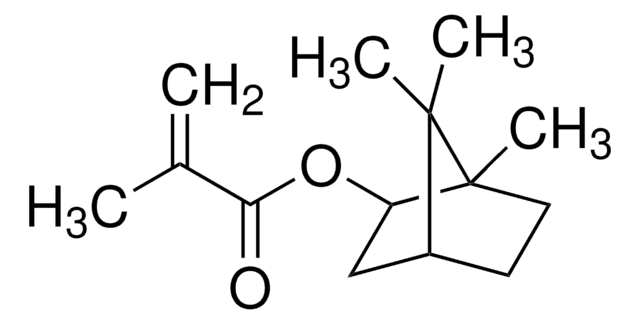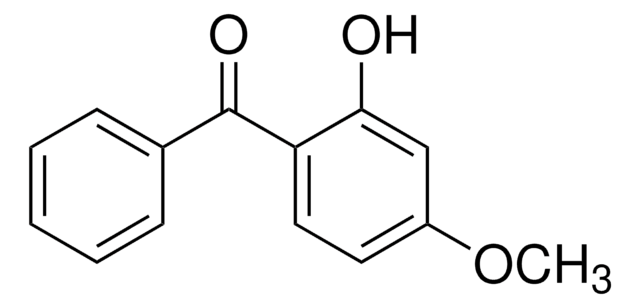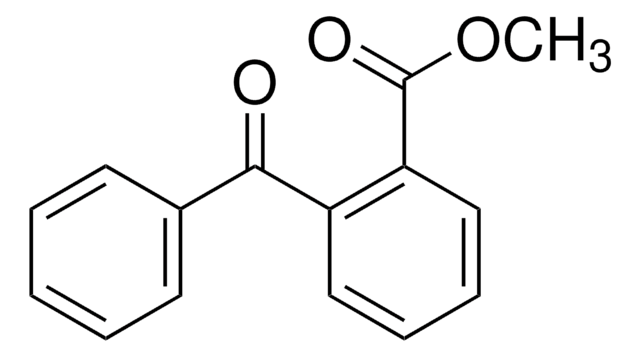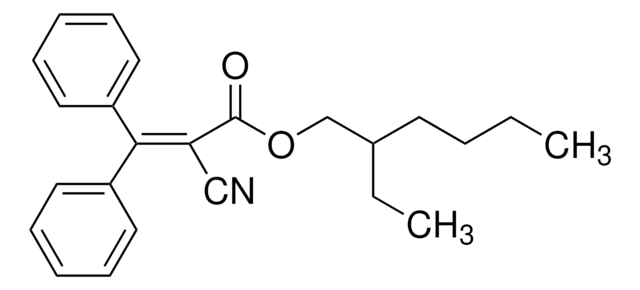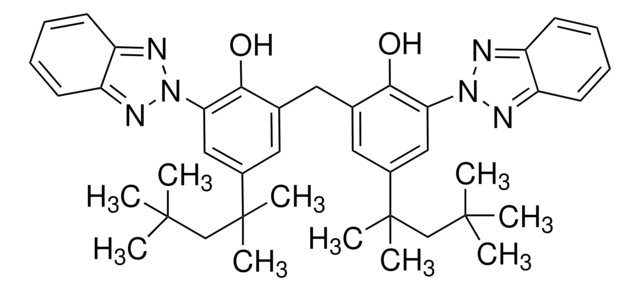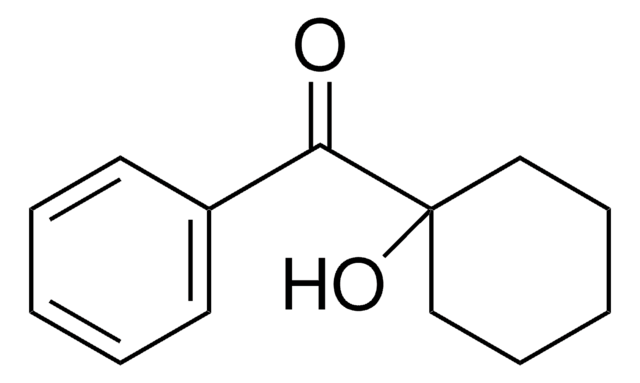437395
2-Ethylhexyl 4-(dimethylamino)benzoate
98%
Sinonimo/i:
2-Ethylhexyl 4-(N ,N -dimethylamino)benzoate, 2-Ethylhexyl 4-(dimethylamino)benzoate, 2-Ethylhexyl N ,N -dimethyl-p -aminobenzoate, 2-Ethylhexyl p -(dimethylamino)benzoate, 4-(Dimethylamino)benzoic acid 2-ethylhexyl ester, EHDAB, Octyl dimethyl PABA
About This Item
Prodotti consigliati
Saggio
98%
Stato
liquid
Indice di rifrazione
n20/D 1.542 (lit.)
P. ebollizione
325 °C (lit.)
Densità
0.995 g/mL at 25 °C (lit.)
Stringa SMILE
CCCCC(CC)COC(=O)c1ccc(cc1)N(C)C
InChI
1S/C17H27NO2/c1-5-7-8-14(6-2)13-20-17(19)15-9-11-16(12-10-15)18(3)4/h9-12,14H,5-8,13H2,1-4H3
WYWZRNAHINYAEF-UHFFFAOYSA-N
Cerchi prodotti simili? Visita Guida al confronto tra prodotti
Descrizione generale
Applicazioni
- Study of the photochemical transformation of 2-ethylhexyl 4-(dimethylamino) benzoate (OD-PABA) under conditions relevant to surface waters: This research investigates the photochemical behavior and transformation products of 2-ethylhexyl 4-(dimethylamino)benzoate in aquatic environments, highlighting its environmental impact (Calza et al., 2016).
- Photoprotection or photodamage: a direct observation of nonradiative dynamics from 2-ethylhexyl 4-dimethylaminobenzoate sunscreen agent: The paper provides insights into the nonradiative dynamics of 2-ethylhexyl 4-dimethylaminobenzoate, assessing its effectiveness as a sunscreen agent and potential for photodamage (Ma et al., 2018).
- Bioaccumulation and biomagnification of 2-ethylhexyl-4-dimethylaminobenzoate in aquatic animals: This study examines the bioaccumulation and biomagnification potential of 2-ethylhexyl-4-dimethylaminobenzoate in aquatic organisms, providing valuable data on its environmental persistence and effects (Lu et al., 2018).
Avvertenze
Danger
Indicazioni di pericolo
Consigli di prudenza
Classi di pericolo
Repr. 1B
Codice della classe di stoccaggio
6.1C - Combustible acute toxic Cat.3 / toxic compounds or compounds which causing chronic effects
Classe di pericolosità dell'acqua (WGK)
WGK 2
Punto d’infiammabilità (°F)
374.0 °F - closed cup
Punto d’infiammabilità (°C)
190 °C - closed cup
Dispositivi di protezione individuale
Eyeshields, Gloves, type ABEK (EN14387) respirator filter
Scegli una delle versioni più recenti:
Possiedi già questo prodotto?
I documenti relativi ai prodotti acquistati recentemente sono disponibili nell’Archivio dei documenti.
I clienti hanno visto anche
Il team dei nostri ricercatori vanta grande esperienza in tutte le aree della ricerca quali Life Science, scienza dei materiali, sintesi chimica, cromatografia, discipline analitiche, ecc..
Contatta l'Assistenza Tecnica.

